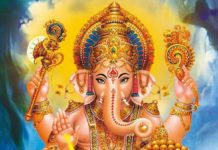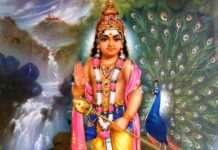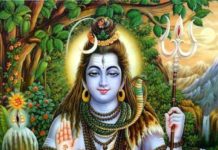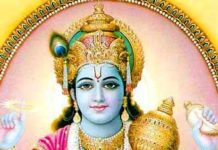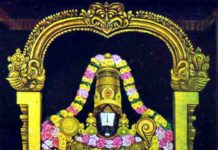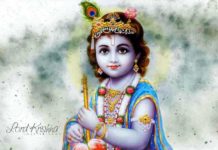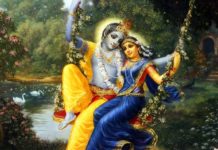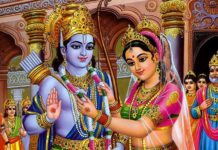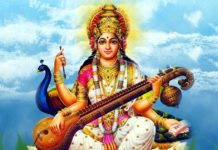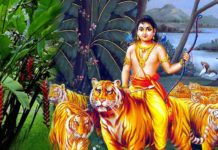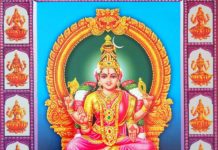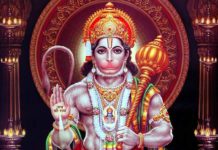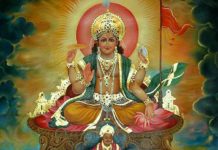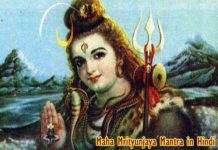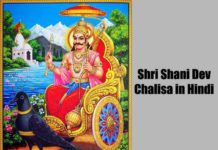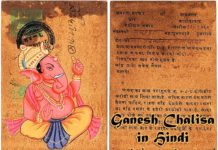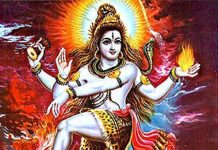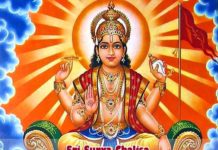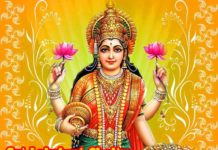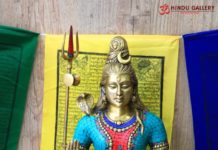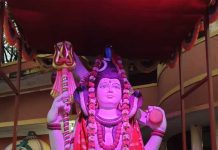Polala Amavasya is the festival ascribed to Sri Poleramma, one of the manifestations of Sri Durga Devi. The festival is prominently celebrated in Andhra Pradesh and Telengana. It is also said to be observed by some communities in Karnataka and Maharashtra.
Polala Amavasya occurs on the New Moon-day, viz., Amavasya of Shravan month as per Telugu Calendar. It occurs on Monday, 2nd September 2024. The exact duration of the Amavasya Tithi has to be ascertained from the respective regional calendar.
Legend
As per the legend, the festival is dedicated for worshipping Sri Poleramma who is also hailed as Sri Pochamma. It is believed that Sri Poleramma is the protector and guardian of children. Hence women observe Vratham on Polala Amavasya for the health and welfare of their family. The Vratham is also called as Pithori Amavasya.
Vrat Katha
Long back, there used to be a family of seven brothers who lived together in a village. The family used to observe Vrat on Shravan month every year in prayer to Sri Poleramma who was considered as the Deity protecting the village.
All the seven brothers were married and blessed with kids. In a particular year, right on Shravan Amavasya day, one of the children of the last seventh brother died. Due to the sad event, the Vrat was not observed on the Shravan Amavasya day.
After completion of the one-year mourning period, the family was preparing for the Vrat. Unfortunately, another child of the seventh brother died. That year also Vrat could not be observed. This kind of loss of children of seventh brother happened for four more years. In total, the family could not observe the Vrat for six years due to the losses.
The family members started abusing the wife of the seventh brother accusing her of not looking after her kids properly. They lamented that because of her carelessness, the family could not perform the Vrat as if some curse had fallen.
On the seventh year, the family was preparing to observe the Vrat. That day also, the remaining child of the seventh brother died. However, the mother of the dead child hid the fact from the family members. She had participated in the Vrat.
At the end of the day, she took the dead child to bury. It was night time. Sri Poleramma took the guise of the patroller and was walking around the village. Seeing the woman with the dead child, She stopped her and enquired. The mother described the loss of her seven children. She also told about her hiding the matter of the last death from her family members.
Sri Poleramma was moved at the anguish faced by the mother. She gave a handful of turmeric rice (atchatha) to the woman and asked her to sprinkle some of them on her dead son. She did so and the child came alive. Sri Amma had asked the woman to sprinkle the remaining rice at the places where the previous children were buried. The woman did so each time calling the name of the respective child. All her dead children came alive.
The woman took her all seven children and went home. She narrated the blessings she had received from Sri Poleramma. They were all very much pleased.
From then onwards, they had regularly observed the Vrat.
Rituals
Women raise very early in the morning and prepare for observing the Vrat. The picture of Pochamma temple / Sri Poleramma is drawn at the Puja place at their home. They do upachara puja and archana to Sri Durga Devi.
The sacred threads made of cotton mixed with auspicious colors are placed at the Puja. After completion of Puja, the threads are tied around the wrists of Children as Raksha Daaram / Rakasha Thoranam. The sacred thread is believed to ward off danger/evil and protect the children. The Vrat Katha is read and recited.
Fried sweet balls made of chana and jaggery are offered as Neivedyam for the welfare of male children and urad vadas are offered as Nevideyam for the welfare of female children.
Slokams / Stotrams praising Sri Durga Devi are recited.
Pola / Vrushabhotsava
In Maharashtra, Pithori Amavasya is observed as Pola / Vrushabhottsava. The day is observed as thanks giving day to the bulls and oxen which are used in agriculture activities.
On that day, the bulls are given rest. They are bathed and decorated with shawls, bells and flowers. Their horns are painted. They are taken in procession around the village to the accompaniment of drums and other musical instruments.






